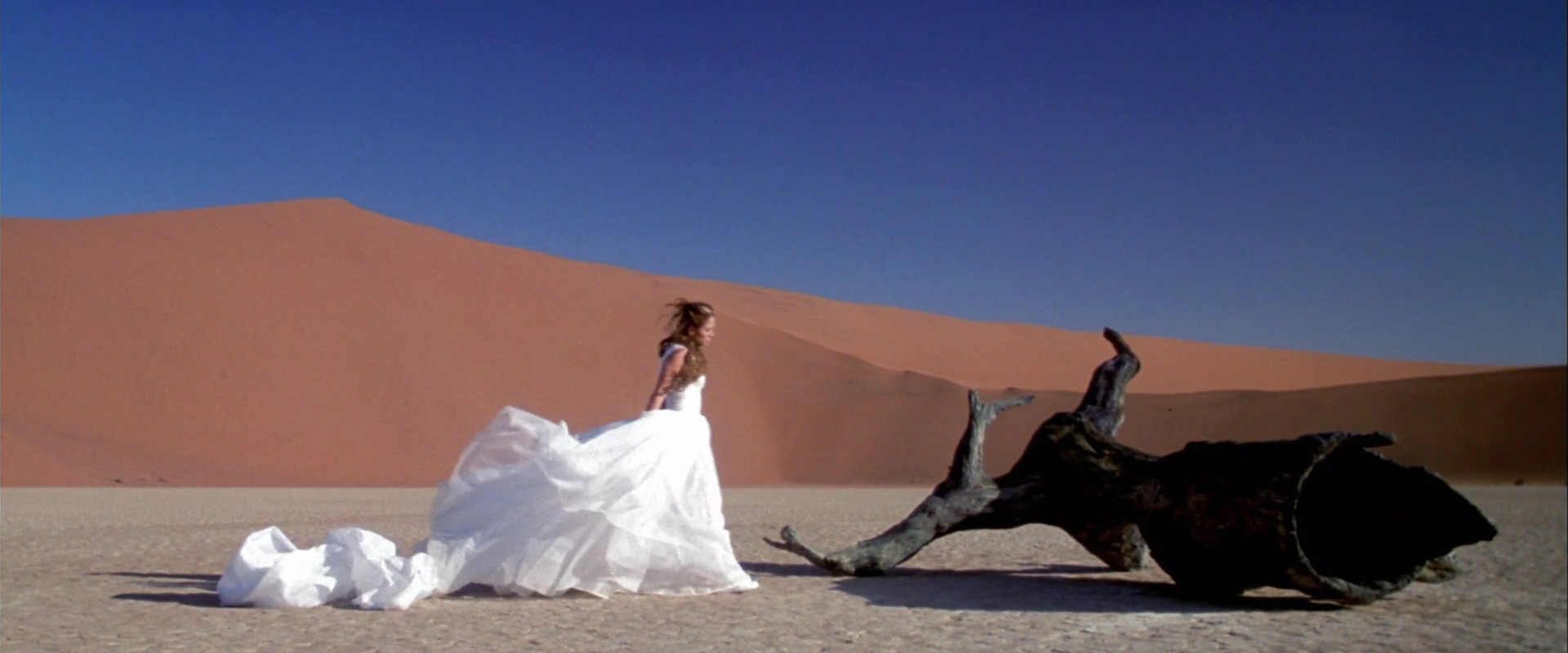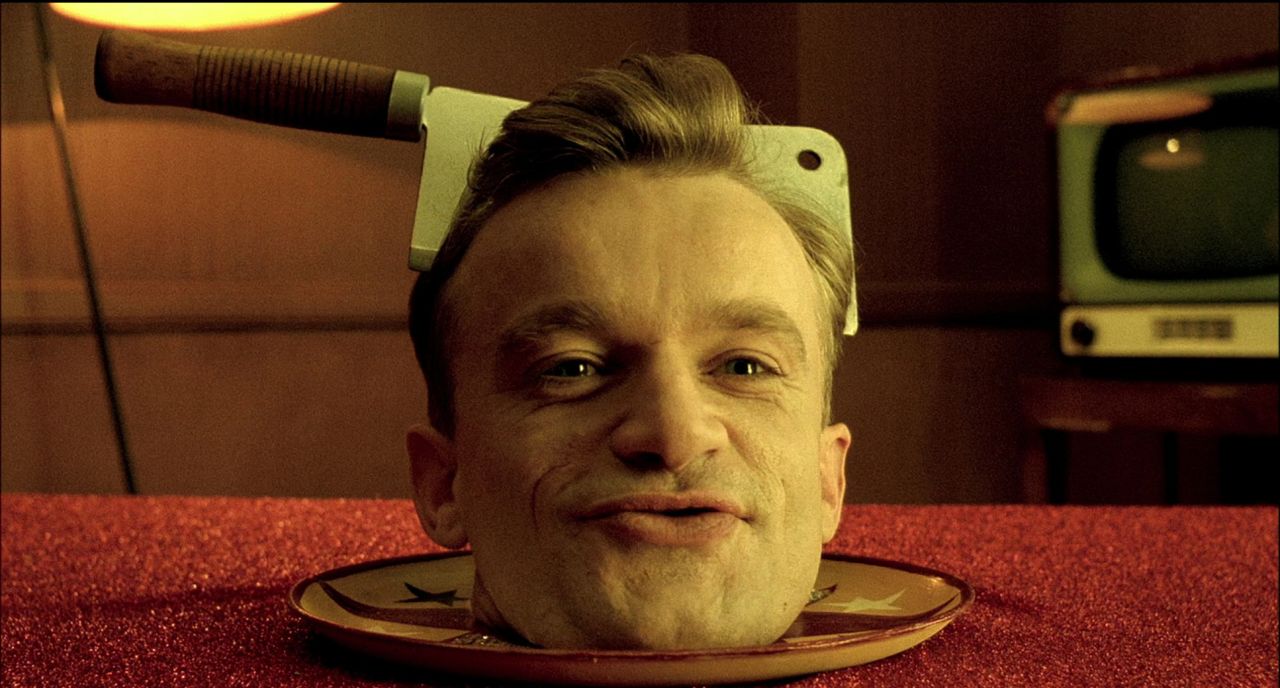"I never did finish that sentence about the relation of Surreal-
ism to my things: I assumed that something was controlling the
course of action and that it was not simply arbitrary, so that by
sortilege (as you know, there is a system of divination called
“sortilege”) everything would come out alright."
I was struck by Harry Smith's quote above. Specifically his choice of the word "sortilege." The origin of this word traces back to French from Latin, with origins rooted in magic and the casting of lots. The Romans practiced sortilege, or cleromancy, as a means of shifting the burden of reaching some outcome through the work of human hands to that of the sheer will of God or gods. This ancient idea is something that I am continuously drawn to in my art. As an individual who identifies as religious (as well as an artist), I have always felt that the act of creation is in fact a direct communing with the first and penultimate Creator. And apparently so did Harry Smith:
“My movies are made by God; I was just the
medium for them.”
This sentiment is echoed by countless artists across all of recorded history. To these individuals, the very act of exercising their creativity brings them closer than anything else to the heart of God. They rest wholly inside "the zone" that Stan Brakhage commented on in our first reading, finding a strange solace in the impossible, yet noble, pursuit of the Divine. Quite a bit of what is written here about Smith, Belson, and some of the other filmmakers we have looked at this semester borders on the ramblings of drug-addled nonsense. In fact, Hunter S. Thompson was quoted as blaming some of this exact type of sentiment on Timothy Leary's psychedelia-peddling as creating "a generation of permanent cripples, failed seekers, who never understood the essential old-mystic fallacy of the Acid Culture: the desperate assumption that somebody... or at least some force - is tending the light at the end of the tunnel."
But I find more than a grain of truth in what these filmmakers are speaking to. A heartfelt commission to explain the unexplainable. To communicate that which has no words. To pull back the veil of our perception so that we can all see a bit more clearly into the realms of the infinite. There is something to this sortilege method Smith is referencing. I have found that God can assert his will more through art than acts of miracles in this cold, uninterested world we live in. The beautiful minds that we have allow us to apply meaning and narrative to a variety of seemingly unassociated things. And what is this if not simple creativity. And what is creation if not the work of a creator.





